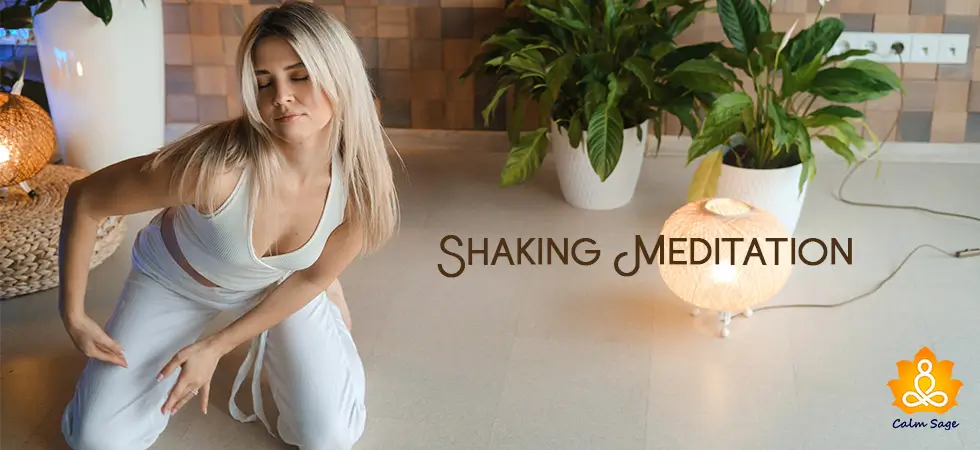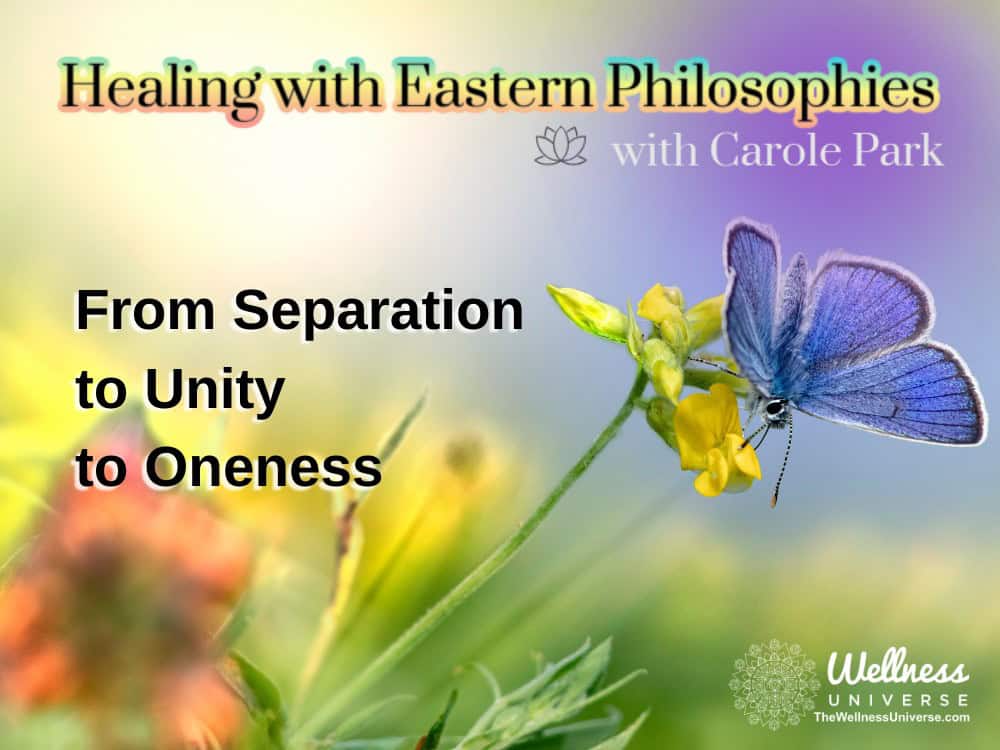The traditional perception of meditation means being still, calm and focused on breathing. But staying still without moving the body is not easy. What if there was a way in which meditation could be done even when the body was moving?
If this is what you think each time you want to meditate or think of meditation, then you are in luck. You can give shaking meditation a try. It is a technique that challenges the old way of meditation by adding body movements as a form of release or grounding, similar to exercising, that helps reduce stress.
What is Shaking Meditation?
Shaking meditation is a new form of meditation in which spontaneous body movements are performed to relieve tension, stress, and emotions. Osho created this meditation to release stress by following a series of physical motions and breathing techniques that help people unwind and release physical and mental stress.
For a calmer experience, this meditation can be done individually or in a group. It is usually accompanied by music or singing. Those who face difficulty sitting quietly and focusing on breathing can follow this practice. However, not all, especially those with medical or body issues, can perform shaking meditation.
In this meditation, the intentional body shakes itself as an outlet to release stored energy, tension, or stress from the body. As the body stores physical stress, that needs a way out. As the person shakes their body, they can get into a deeper layer of emotional and physical release, which assists in relaxation.
This meditation is not something new; it has been there for ages, and you can find its reference in Kundalini shaking meditation, which means awakening the dormant energy of the body.
Different ways in which shaking meditation operates
1. The physical movement practitioner helps relieve muscle stress and boost calmness in the body, decreasing tension and anxiety and elevating the feeling of calmness.
2. Shaking meditation helps release emotional strain. As the body goes into momentum, tension is released, thus helping vent out bad emotions or feelings such as rage, irritation, or worry.
3. Shaking meditation is also believed to stimulate the parasympathetic nervous system, which is responsible for encouraging calm and decreasing feelings of tension and anxiety. Shaking meditation may help to reduce stress symptoms and promote better wellness by encouraging a state of ease and serenity.
| It’s essential to note that the precise mechanisms by which shaking meditation works are unknown, and more study is required to completely comprehend its effects on the body and mind. Shaking meditation, on the other hand, is a popular method for many people to release stress and promote relaxation, and it may be worth a try if you’re looking for a new meditation strategy to try. |
Benefits of Shaking Meditation
Regarding the benefits of shaking meditation, this practice helps in relieving stress, emotions and gives mental clarity. The act of shaking can help with the following:
- Release trauma and stress stored in our body – The negative emotions, stress, and tension our body stores over the years can be released by moving the body.
- Grounding and connecting with the body – The physical act of shaking, helps practitioners connect with the body and be mindful which has a calming effect.
- Increased blood flow – As the body moves the blood flow increases and it stimulates the lymphatic system, helping in detoxification.
- Improved emotional resilience – Body movements help in releasing daily pressures.
Different Shaking Practices
You can find people performing different types of shaking meditation. Some might be involved in full body shaking meditation which starts from the feet and progresses upward. While some may only perform head shaking meditation where the neck and shoulders release built-up tension. However, there are times when shaking is not done intentionally.
Some practitioners experience shaking when they perform traditional meditation which is a sign of the body’s natural response to release stress and trauma that the body has been holding onto. This is normal and might come as a surprise to those who are unfamiliar with the experience.
Interestingly, some experience shaking after meditation. This involuntary shaking means the energy is continuously released and the practitioner feels lighter or more relaxed afterward.
Steps to practice shaking meditation
1. Start by looking for a peaceful, comfortable area where you can move around easily without being distracted. You can play music that resonates with you, of your liking or can burn some scented candles.
2. Take a few deep breaths this will help calm down your thoughts and you will be able to prepare your body for the practice. Inhale through your nose and exhale through your mouth.
3. After deep breathing when you feel relaxed start to actively shake your body. You can do so by still and moving your arms, legs, and body. Let your body move freely in a natural way, do not stress yourself or think that you would be looking silly.
4. Keep swaying your body for 15-20 minutes, or until you feel that all anger, anxiety, and stress is released. As you keep moving your body you will notice that the shaking gets gentle and relaxed.
5. When all the negative emotions are released, slow down the motion and gently stop moving. Allow your body and mind to completely unwind. Take a few deep breaths and rest for a few minutes.
6. Now analyze your body and see how you feel. Make a note of changes you feel in your mind and body and see how exercise affects your mood, energy, or feeling.
Shaking meditation is beneficial for reducing stress and feeling calm, it is vital that you listen to the signs your body is giving and alter the practice as required to meet your specific requirements and tastes. Also, it is best that you consult a healthcare professional before getting into any new activity.
This transformative practice is helpful and for those the notion of stillness is meaningless shaking meditation works best. You just need to embrace natural shaking or dancing and you will see emotions, tensions, stress, trauma being released. Whether you do it under guidance or sync with your body’s rhythm, shaking meditation will always help relieve stress.
Publisher: Source link





